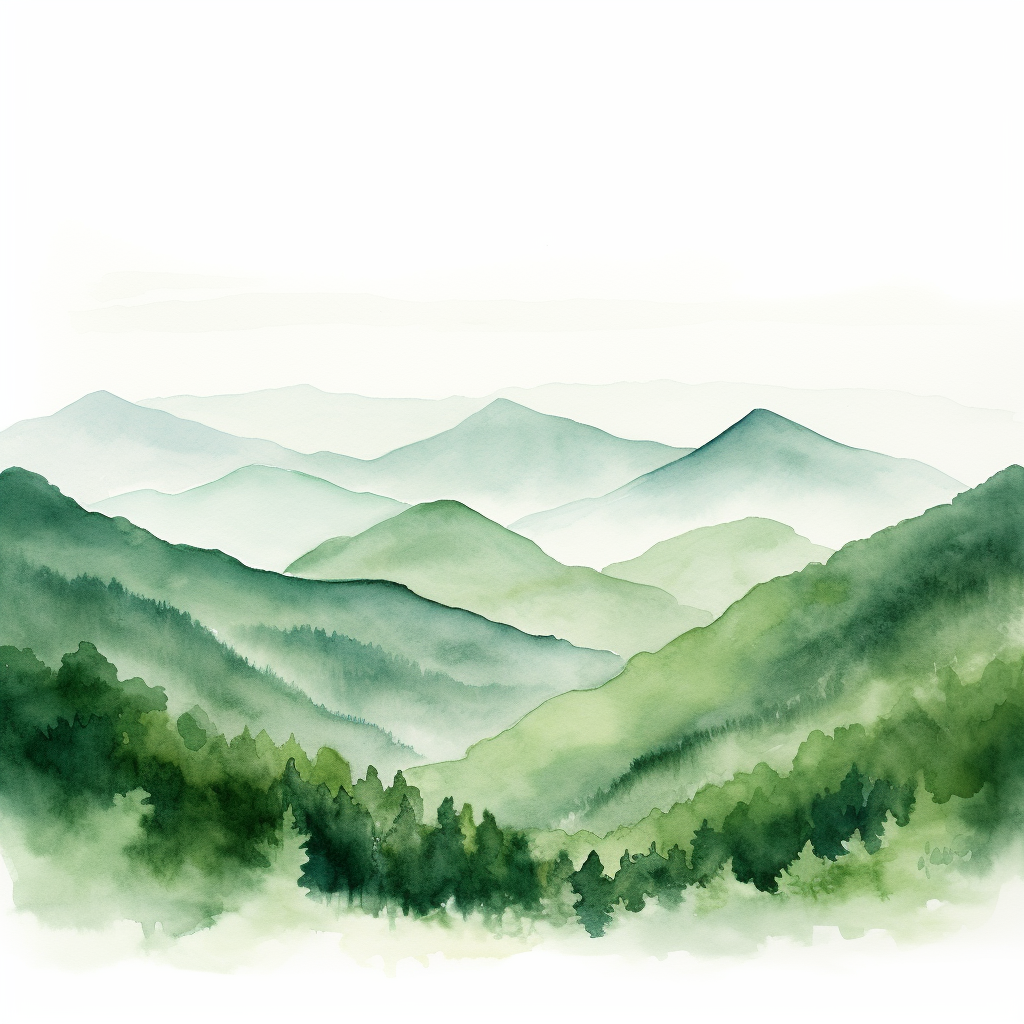Vermont, with its picturesque landscapes, charming towns, and vibrant seasons, has provided a scenic backdrop for numerous films that capture the essence of its natural beauty and small-town charm. From heartwarming comedies to intense dramas, the Green Mountain State has played a pivotal role in shaping the narratives of these cinematic gems. In this article, we take a journey through some of the best movies set in Vermont, celebrating the unique cinematic experiences that showcase the state’s allure.
- “White Christmas” (1954): Irving Berlin’s timeless holiday classic, “White Christmas,” directed by Michael Curtiz, is partially set in Vermont. Starring Bing Crosby, Danny Kaye, Rosemary Clooney, and Vera-Ellen, the film features iconic musical performances and captures the magic of the holiday season against the snowy backdrop of the Vermont inn. With its charming setting and heartwarming story, “White Christmas” remains a perennial favorite.
- “Funny Farm” (1988): This comedy, directed by George Roy Hill and starring Chevy Chase and Madolyn Smith, follows the misadventures of a couple who move to a quaint Vermont town in pursuit of a simpler life. Hilarity ensues as they grapple with the challenges of country living, making “Funny Farm” a lighthearted exploration of the humorous side of small-town Vermont life.
- “Beetlejuice” (1988): While Tim Burton’s supernatural comedy “Beetlejuice” may not depict Vermont in the most traditional sense, the fictional town of Winter River is said to be located in the state. The film, starring Michael Keaton, Alec Baldwin, and Geena Davis, blends dark humor with the quirky charm of a haunted Vermont residence, offering a unique and fantastical take on the Green Mountain State.
- “The Trouble with Harry” (1955): Directed by Alfred Hitchcock, “The Trouble with Harry” is a dark comedy set against the backdrop of Vermont’s stunning autumn landscape. The film follows a group of characters as they grapple with the accidental death of a man named Harry. Hitchcock’s signature blend of mystery and humor, set against Vermont’s fall foliage, creates a visually striking and atmospheric cinematic experience.
- “Baby Boom” (1987): In this comedy directed by Charles Shyer, Diane Keaton plays a high-powered Manhattan executive who unexpectedly inherits a Vermont farmhouse. The film explores her journey of adapting to rural life and discovering the joys and challenges of motherhood. With its comedic moments and Vermont’s scenic beauty, “Baby Boom” offers a delightful portrayal of the clash between city life and country living.
- “The Cider House Rules” (1999): Adapted from John Irving’s novel, “The Cider House Rules” is a poignant drama directed by Lasse Hallström. While the majority of the film is set in Maine, the pivotal apple orchard scenes were filmed in Vermont. The film, starring Tobey Maguire and Michael Caine, explores themes of morality, love, and societal expectations, capturing the spirit of the New England landscape.
- “Me, Myself & Irene” (2000): The Farrelly Brothers’ comedy “Me, Myself & Irene” takes viewers on a wild and humorous journey through Vermont. Starring Jim Carrey and Renée Zellweger, the film follows the misadventures of a state trooper with dissociative identity disorder. With its quirky characters and eccentric humor, the film showcases the Green Mountain State in a uniquely comical light.
- “State and Main” (2000): Directed by David Mamet, “State and Main” is a satirical comedy that takes a humorous look at the chaos that ensues when a film crew descends upon a small Vermont town. The star-studded cast, including Alec Baldwin, William H. Macy, and Sarah Jessica Parker, delivers witty performances in this behind-the-scenes exploration of filmmaking against the charming backdrop of Vermont.
Vermont’s enchanting landscapes and quaint towns have served as a captivating canvas for filmmakers to weave tales of love, laughter, and drama. From timeless classics to contemporary comedies, the movies set in Vermont offer a diverse array of cinematic experiences, each capturing a unique facet of the state’s character. As we revisit these films, we not only appreciate the artistry of the filmmakers but also gain a deeper appreciation for Vermont’s enduring role as a cinematic muse, inviting audiences to explore the magic of the Green Mountain State from the comfort of a theater seat.
